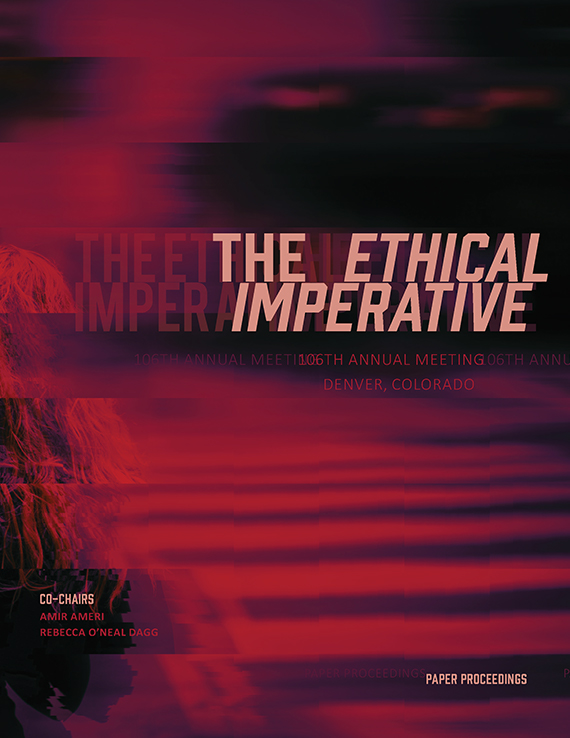Author(s): Leonard D. Yui
Cradle to Cradle (C2C) sustains anthropocentric ideals that do little to recognize the immediate uses and needs of non-human species and processes. A new more comprehensive model is proposed here that echoes the ethical and architectural imperatives of the original C2C model, while also providing a more ecologically inclusive perspective for designers. The study begins by highlighting the origins of C2C through the works of Stahel/Reday and McDonough/Braungart and others that define a sustainable trajectory that is largely contingent on benefiting human productivity. The simplification of material ends are hastened for future production and economic gain. A reciprocal investigation into non-human uses of wood illustrate its diverse functions, such as a place to nest or to take cover, which slows and expands entropic engagements. The term “deadcycle” is used to underscore entropy and to shift away from a product lifecycle perspective. These ecological insights are drawn from forest researchers studying the science of deadwood, which highlight complex theories surrounding disturbance and disequilibrium. The ecological concepts of “biological legacy” and “multiple users” reveals a shared world where ownership is fluid and borrowing is essential. These themes help to conceive an ideal ecological loop(s) model presented here as “cradles to cradles.”
https://doi.org/10.35483/ACSA.AM.106.33
Volume Editors
Amir Ameri & Rebecca O'Neal Dagg
ISBN
978-1-944214-15-9

 Study Architecture
Study Architecture  ProPEL
ProPEL 
